
Race and Occupation in the Land of the One Percent
by Lilac
http://earthfirstnews.wordpress.com/lilac@earthfirstjournal.org
Rural land use in the US has followed the pipeline of the American Dream. Since the Great Depression, farm ownership has fallen by two thirds. Today, half of farm sales come from 2% of farms. Meanwhile, timber companies increasingly exploit low wage labor, by-passing the unions at saw mills, and selling their product overseas. Mountaintop removal is yet another way corporations have found to destroy the environment while hiring fewer workers. The accumulation of land and etiolation of the work force has led to an economic and ecological tipping point that coincides with the crisis of capitalism. The product is a friction and energy that forms an unrecognized centrifuge of the Occupy movement.
Rural areas paint a picture of worsening economic conditions, shifts in climate, droughts and floods, farmer paralysis and ensuing chain reactions throughout the country. Their narratives unravel a context of rising prisons, persecution in the cities, and rampant dispossession and repression at home. In an important step, a site called OccupyRural.org has cropped up online, and is generating a sound cloud of these narratives for all to hear. In some ways, they have already formed part of the bedrock of the Occupy movement. Blogger Matthew Fluherty of The Art of the Rural, states, “the Occupy movement could hold even greater possibility for rural place and rural citizens: we see a drastically different sense of geographic and community scale in rural places, and we may find that—despite coming from different ideological backgrounds—the Occupy movement in rural America could allow for folks to not only raise awareness of pressing, unacceptable, national problems but also to work as a community to solve them on a local level.” The eco-rural “Occupy the Gorge” in Mount Hood, Oregon, which is currently under threat of a Nestle bottling plant, is just one of a swarm of rural occupations throughout the country, including Occupy Nettie in West Virginia coal country, and Occupy Cañon City, Colorado, the site of a 500-gallon uranium spill in August 2010. These occupations epitomize place-based ethics as well as new ways of land use, such as bioremediation and ecoforestry. But there is much more to do.
http://occupyrural.org/
http://theruralsite.blogspot.com/
http://occupythegorge.org/
While all of these struggles come together, a rigorous ethic of antioppression is making it possible to continue the movement by an ever-expanding, fractal-like opening of new spaces and times. Occupy has begun to acknowledge the history of Native struggle against colonization. The place-based ethics involved in genealogies of struggle, like that of the Dine’ (Navajo) of Black Mesa, to deoccupy land have been instructive in this regard. Occupy Denver has initiated a process of acceptance by adopting a 10 Point plan through the aid of Native groups under US occupation. While this intricate web of dialectical development is only a tenuous start, it is growing more solid by the day.
http://unsettlingamerica.wordpress.com/
http://blackmesais.org/
The inclusion of Native voices would be one of many crucial contingent links within Occupy, along with the appreciation of the contributions of rural people of color to the livelihood and privileges that many white activists seek to improve. But it will only happen if white organizers allow it to take place with patient humility and the ability to stand in solidarity, and learn to work under the guidance of communities under siege. Understanding the problem is the first step.
Rural United States is a land of terrible demographic as well as economic inequalities—particularly between hispanics and whites. The housing market fiasco has had a widespread impact on dispossession and exploitation of people of color. When the crisis hit, banks foreclosed on 6.7 homes per 1,000 residents in counties where more than one quarter of the population was hispanic, as opposed to the overall average of 4.6 homes per 1,000 in all counties. Most of these counties encompass the outer ring, or “ring of death,” of suburban US, or areas comprised of rural farmland, such as the California Central Coast’s Monterey County.
http://blogs.reuters.com/felix-salmon/files/2010/10/10ASR10_629-651_massey-2.pdf
The dichotomy between white and hispanic, rich and poor, plays out along lines most easily illustrated through the interplay of Monterey and the county seat, Salinas. Twenty miles apart, these two cities might as well be on different planets. If Monterey is a leading hub of international tourism, Salinas is a leading hub of dispossession. Monterey is over 75% white, Salinas is 75% hispanic or latino of any race. With the Naval Post-Graduate Academy, which sits on the sprawling Del Monte Hotel, as well as the Presidio of Monterey Army Garrison perched above the city, and the U.S. Army Training and Doctrine Command in Fort Ord, Monterey has become a fortress of the rich. With its rising poverty, violent crime and police presence, Salinas is turning into a war-zone. The challenges for activists are made more difficult by the mounting repression.
The interagency Monterey County Gang Task Force, called the Black Snake for its black uniforms, relies on the tactics of mass-arrest, random traffic stops, and regular searches of paroled gang members in hispanic and latino areas, both urban and rural, to keep the peace. Monterey’s Naval Postgraduate School has had a hand in supervising the strategies and tactics of the Black Snake of Monterey County. Although there are laws against military participation in civilian law enforcement, combat veterans from Iraq and Afghanistan as well as dirty wars in Latin America, serve as “voluntary” counterinsurgency advisors to police, bringing computerized community policing along with a more aggressive style. ICE has also been so active in Black Snake activity during what Salinas Mayor Dennis Donahue has dubbed “our surge” that Monterey County now leads the nation in the deportation of non-criminals. According to Leonard A. Ferrari, provost of the Naval Post-graduate School, “The $1 trillion invested so far in Iraq and Afghanistan could pay a dividend in American streets. [The Monterey County approach could become] a national model” Unfortunately, it already has. Fortunately, so has the Occupy movement.
http://www.washingtonpost.com/wp-dyn/content/article/2009/11/14/AR2009111400915.html?wprss=rss_nation
http://www.interfacejournal.net/wordpress/wp-content/uploads/2011/05/Interface-3-1-Williams.pdf
What will be useful are the experiences of radicals who have been working together in the struggles against police brutality and exploitation for years. While the rural presence in Occupy seems to be mostly white, and the hispanic presence seems to be mostly urban, the mingling of these two crucial voices will remind us that we must cooperate to survive. The inclusion of rural hispanic voices, along with the critique of the prison industry complex as well as patriarchy are all emerging within the Occupy movement. As important occupations have come together in Salinas and Monterey, an occupation has also occurred in the small town of Gonzales south of Salinas on Highway 101, where hispanics or latinos of any race outnumber whites 2-to-1.
Significantly, Gonzales is less than five miles away from notorious Soledad Prison, site of terrible violence and abuse, unreported prisoner hunger strikes and riots, including a riot occurring today, which involved 60-70 people. Many people passing through Soledad have seen it as a microcosm of capitalism and exploitation, including famous Black Liberationist and intellectual, George Jackson, who, before his assassination at the hands of prison guards, wrote these prophetic words: “When the peasant revolts, the student demonstrates, the slum dweller riots, the robber robs, he is reacting to a feeling of insecurity, an atavistic throwback to the territorial imperative, a reaction to the fact that he has lost control of the circumstances of life.” Therein lies the heart of the Occupy movement. When we occupy, we are reacting to the territorial imperative for space, for land, for freedom, for love, for all. As urban struggles bring rural struggles, acceptance becomes critical to day-to-day survival and the hard, often-unrewarding work of organizing.
http://www.historyisaweapon.com/defcon1/soledadbro.html
http://earthfirstnews.wordpress.com/



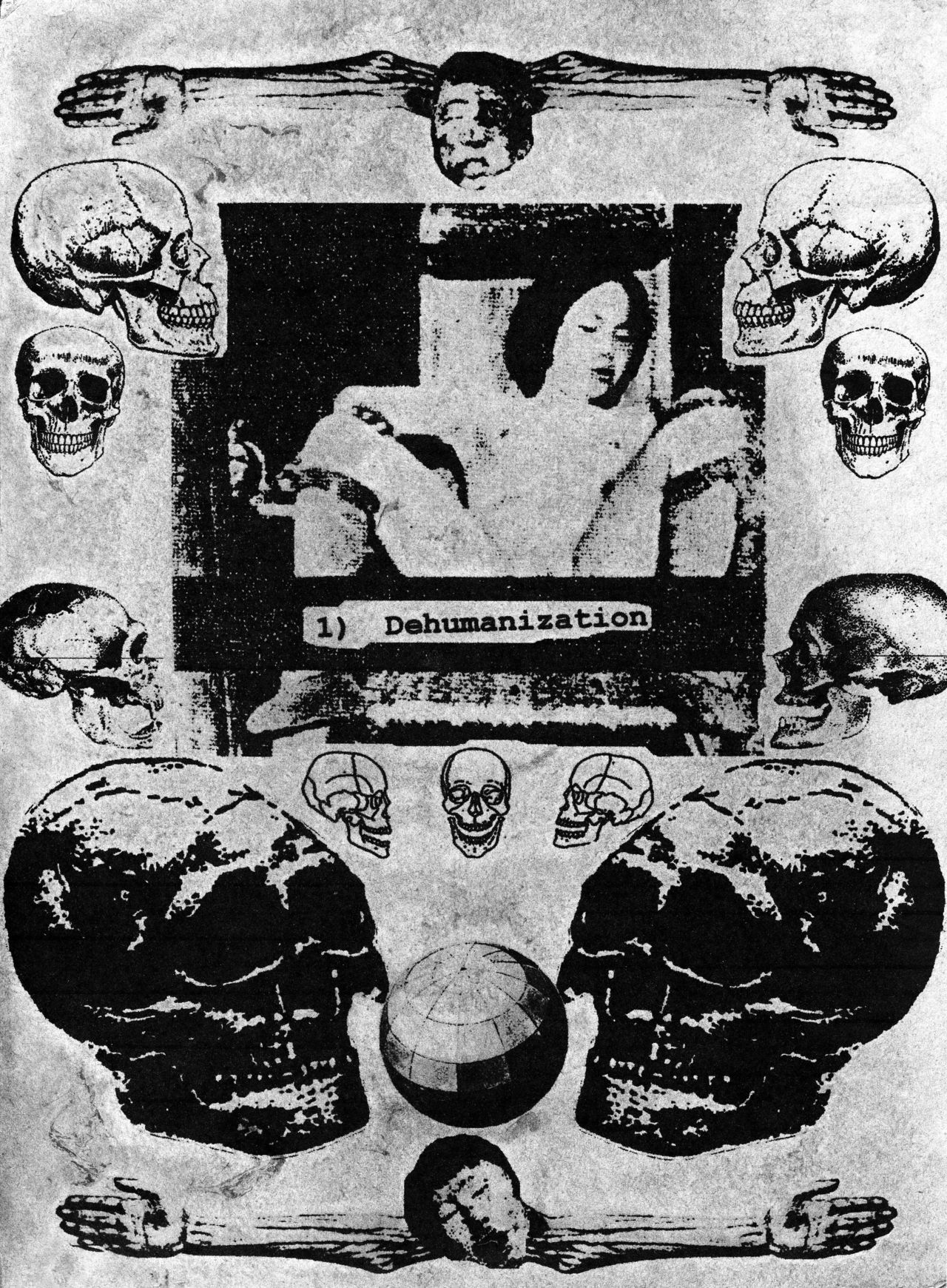


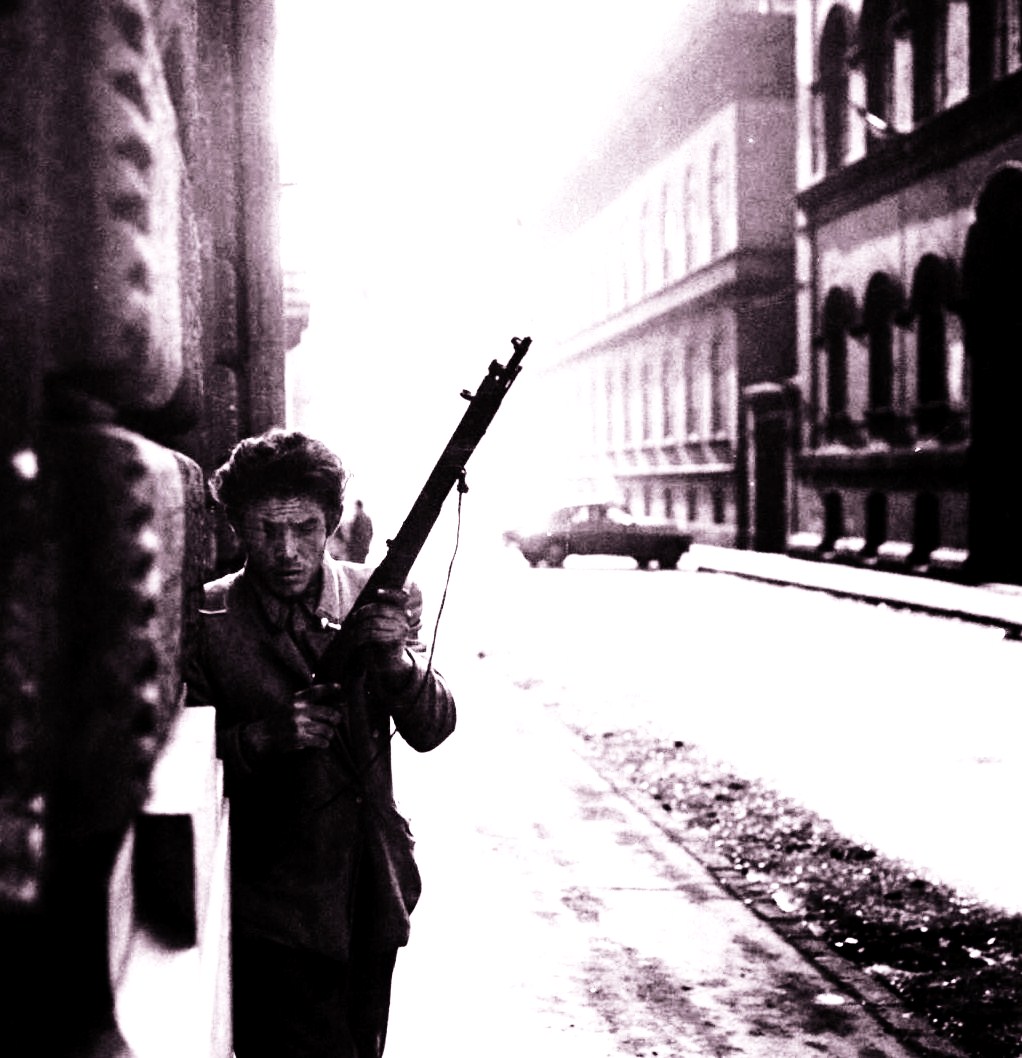
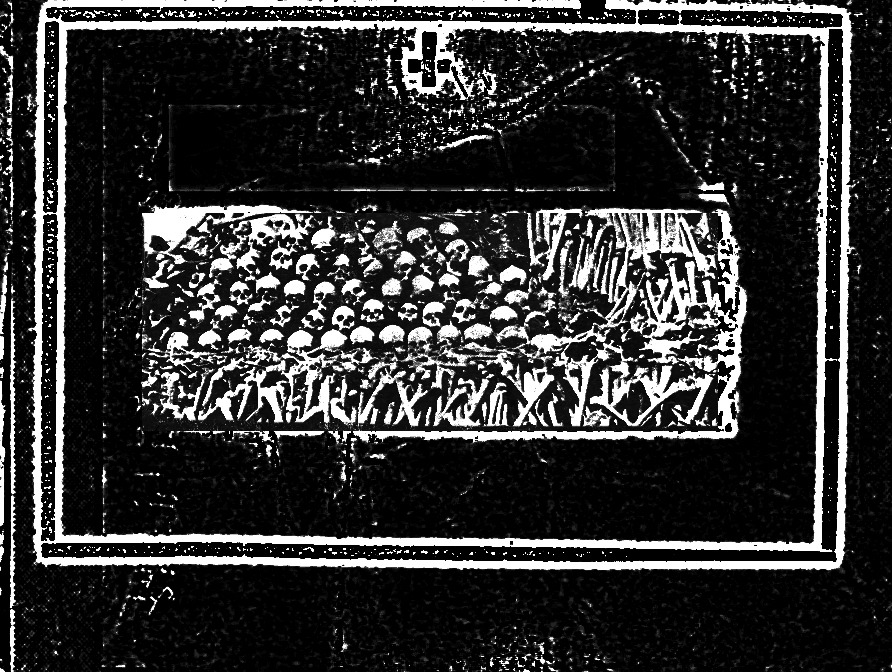
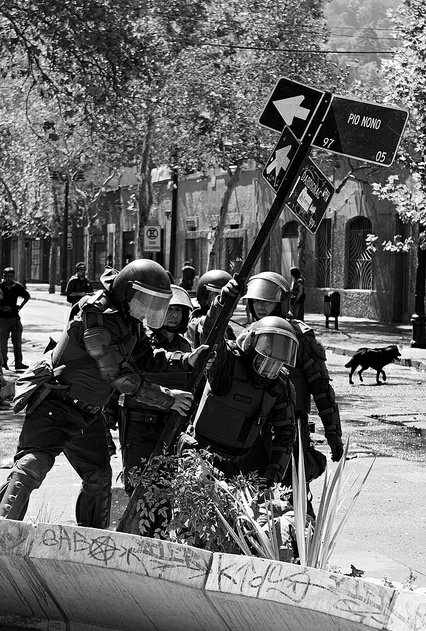





![Eurorepressione - Sulla conferenza a Den Haag sul tema "Anarchia" [corretto]](http://25.media.tumblr.com/tumblr_m0jvngOXtY1qa2163o1_1280.jpg)

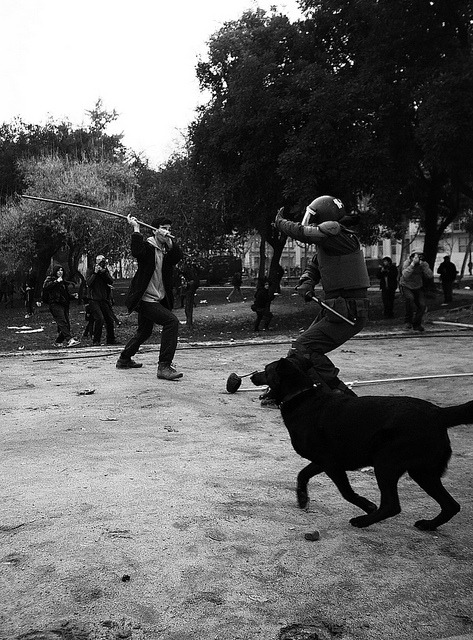
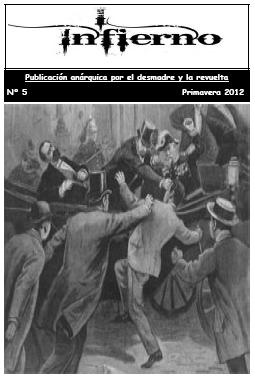

![A tres años de la Partida de Mauricio Morales: De la Memoria a la Calle [Stgo.]](http://metiendoruido.com/wp-content/uploads/2012/05/mmacividad.jpg)





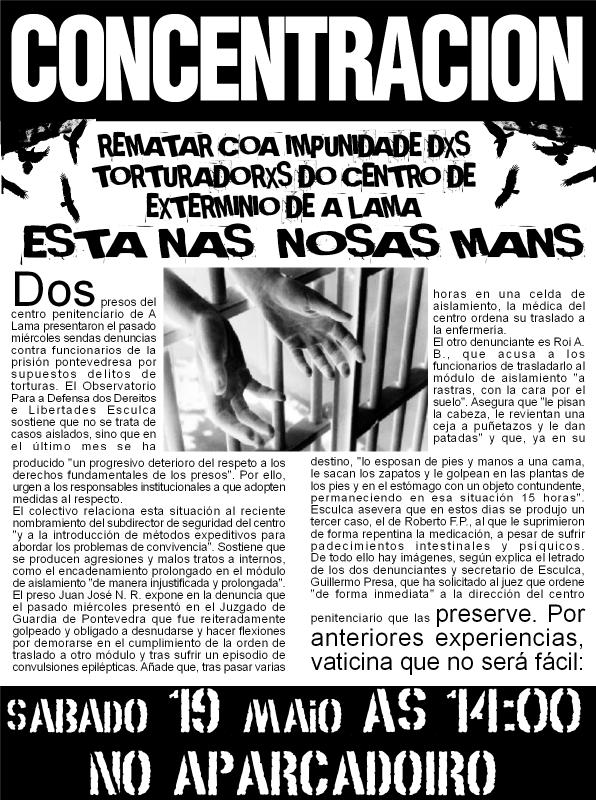


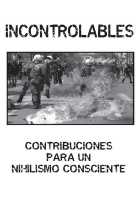










Nessun commento:
Posta un commento